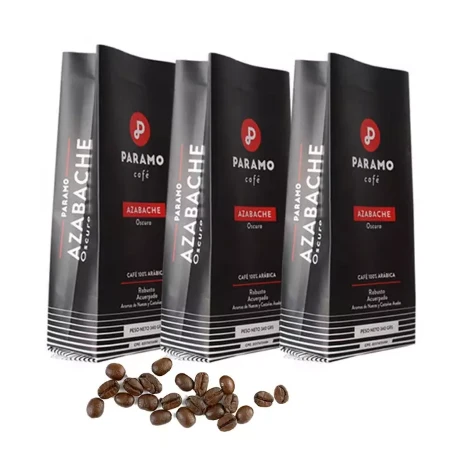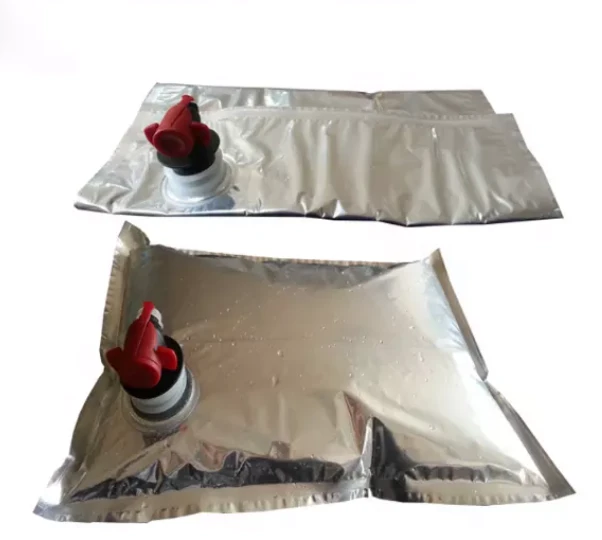Email: enid@bc-pak.com
Tel: 86-757- 88811186
- Afrikaans
- Albanian
- Amharic
- Arabic
- Armenian
- Azerbaijani
- Basque
- Belarusian
- Bengali
- Bosnian
- Bulgarian
- Catalan
- Cebuano
- chinese_simplified
- chinese_traditional
- Corsican
- Croatian
- Czech
- Danish
- Dutch
- English
- Esperanto
- Estonian
- Finnish
- French
- Frisian
- Galician
- Georgian
- German
- Greek
- Gujarati
- haitian_creole
- hausa
- hawaiian
- Hebrew
- Hindi
- Miao
- Hungarian
- Icelandic
- igbo
- Indonesian
- irish
- Italian
- Japanese
- Javanese
- Kannada
- kazakh
- Khmer
- Rwandese
- Korean
- Kurdish
- Kyrgyz
- Lao
- Latin
- Latvian
- Lithuanian
- Luxembourgish
- Macedonian
- Malgashi
- Malay
- Malayalam
- Maltese
- Maori
- Marathi
- Mongolian
- Myanmar
- Nepali
- Norwegian
- Norwegian
- Occitan
- Pashto
- Persian
- Polish
- Portuguese
- Punjabi
- Romanian
- Russian
- Samoan
- scottish-gaelic
- Serbian
- Sesotho
- Shona
- Sindhi
- Sinhala
- Slovak
- Slovenian
- Somali
- Spanish
- Sundanese
- Swahili
- Swedish
- Tagalog
- Tajik
- Tamil
- Tatar
- Telugu
- Thai
- Turkish
- Turkmen
- Ukrainian
- Urdu
- Uighur
- Uzbek
- Vietnamese
- Welsh
- Bantu
- Yiddish
- Yoruba
- Zulu
different types of food packaging
Views :
Update time : Feb . 12, 2025 10:44
In the modern food industry, the types of food packaging available play a crucial role in product preservation, marketing, and environmental responsibility. Each packaging type speaks volumes about a brand's commitment to sustainability, product freshness, and consumer convenience.
Paper and cardboard packaging have become synonymous with eco-friendly practices, taking center stage in reducing plastic waste. Widely used for dry foods, frozen goods, and takeaway packaging, paper-based materials can be molded into various forms, including boxes, bags, and wraps. The ability to print vibrant graphics on paper makes it an excellent medium for conveying brand stories and capturing consumer attention on crowded shelves. As brands innovate, we see a rise in water-resistant and reinforced paper packaging, which broadens its application across more food categories. Though its susceptibility to moisture remains a limitation, ongoing improvements are fortifying its viability against other packaging types. For fresh produce, biodegradable packaging and plant-based materials are emerging as pivotal innovations. These types of packaging materials are designed to decompose naturally, reducing environmental impact significantly. They are typically made from renewable resources such as corn starch, bagasse, and mushroom mycelium, providing a sustainable alternative to traditional packaging. As consumers grow more environmentally aware, adopting plant-based packaging not only enhances a brand’s green credentials but also aligns with global trends towards reducing carbon footprints. Committed brands are investing in research and development to overcome challenges associated with production costs and material strength, striving to make these packaging solutions mainstream. In the competitive landscape of food products, choosing the right type of packaging is as vital as the product itself. Brands that strategically align their packaging choices with consumer values and expectations will lead the way in innovation, sustainability, and market influence. As technology evolves, so too will the capabilities of food packaging, promising exciting developments in how we store and consume our food.


Paper and cardboard packaging have become synonymous with eco-friendly practices, taking center stage in reducing plastic waste. Widely used for dry foods, frozen goods, and takeaway packaging, paper-based materials can be molded into various forms, including boxes, bags, and wraps. The ability to print vibrant graphics on paper makes it an excellent medium for conveying brand stories and capturing consumer attention on crowded shelves. As brands innovate, we see a rise in water-resistant and reinforced paper packaging, which broadens its application across more food categories. Though its susceptibility to moisture remains a limitation, ongoing improvements are fortifying its viability against other packaging types. For fresh produce, biodegradable packaging and plant-based materials are emerging as pivotal innovations. These types of packaging materials are designed to decompose naturally, reducing environmental impact significantly. They are typically made from renewable resources such as corn starch, bagasse, and mushroom mycelium, providing a sustainable alternative to traditional packaging. As consumers grow more environmentally aware, adopting plant-based packaging not only enhances a brand’s green credentials but also aligns with global trends towards reducing carbon footprints. Committed brands are investing in research and development to overcome challenges associated with production costs and material strength, striving to make these packaging solutions mainstream. In the competitive landscape of food products, choosing the right type of packaging is as vital as the product itself. Brands that strategically align their packaging choices with consumer values and expectations will lead the way in innovation, sustainability, and market influence. As technology evolves, so too will the capabilities of food packaging, promising exciting developments in how we store and consume our food.
Recommend products
Read More >>
Related News
Read More >>













